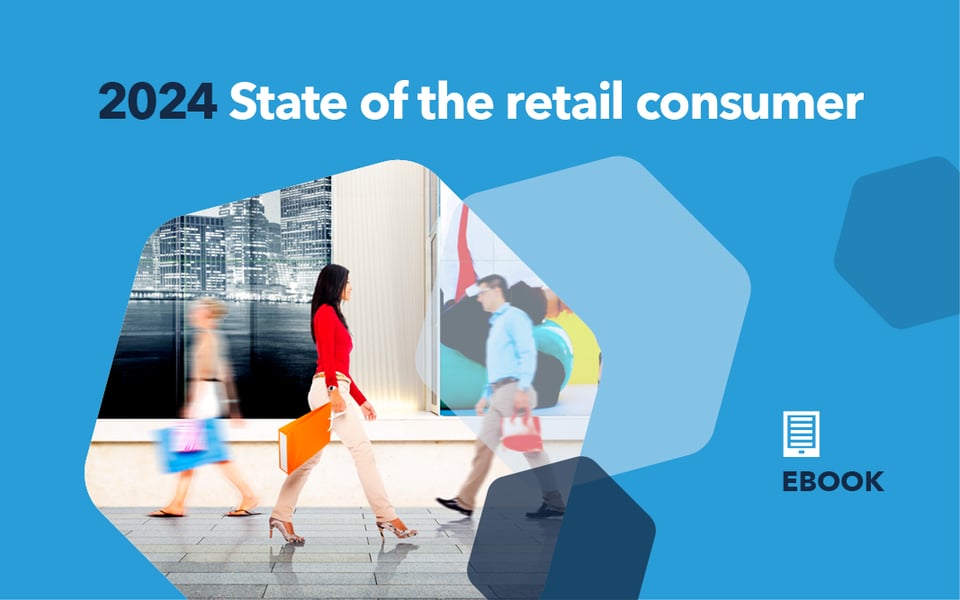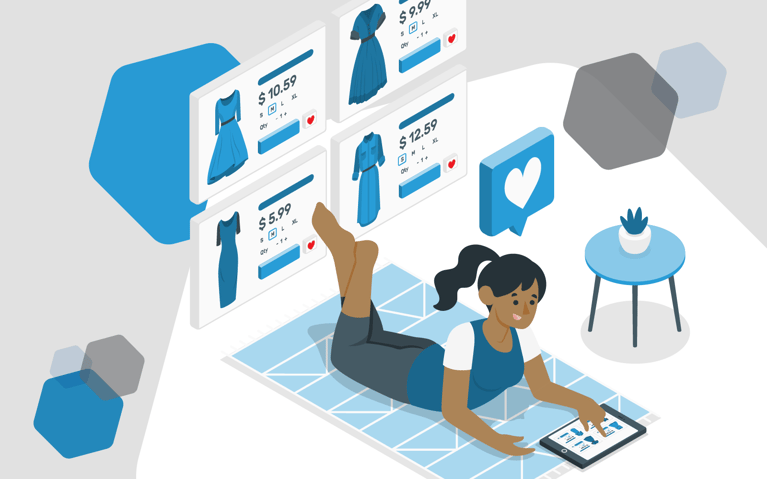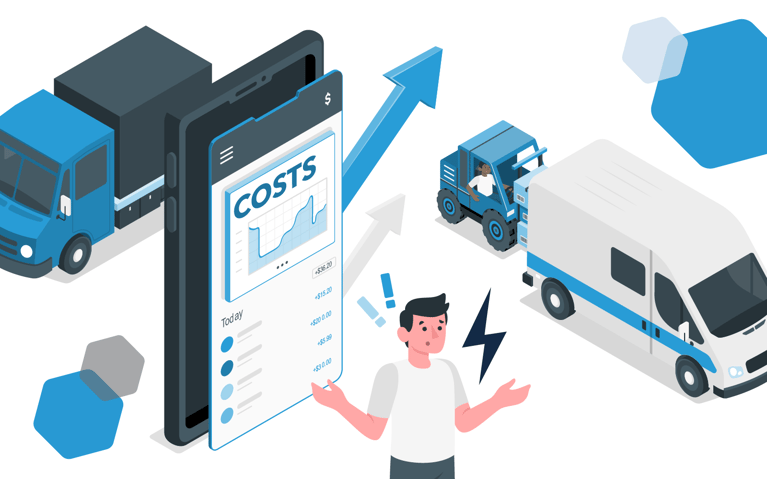This is an excerpt from Cart.com’s newest eBook “2024 State of the retail consumer,” an in-depth look at the consumer mindset, spending, trends, behaviors, desires and more – and best practices and strategies to engage customers. Check out the full eBook here.
Part 3: The power of post-purchase, fulfillment and the customer experience
A negative post-purchase experience significantly affects the overall customer experience. As one of the last impressions in the journey, it can deter customers from coming back. A survey on last-mile delivery found that 76% of respondents said that an unacceptable delivery experience would affect their decision to order from a company again.1 Consumers expect is a hassle-free post-purchase that includes timely delivery, easy returns and responsive customer support. They also want visibility into order status, clear communication about any issues or delays and the ability to track their shipments in real-time. And beyond the delivery – personalized follow-ups and recommendations enhance satisfaction and encourage repeat purchases, loyalty and retention.
What retail consumers want from their post-purchase experience
The Amazon effect has influenced the entire retail industry. Customers expect free and fast shipping – some want it as quickly as one day or same day. Moreover, social media has promoted unboxing: Social platform users film themselves opening packages from a brand. The more delighted they are, the better the brand’s impression. The retail consumer is looking for continued engagement through the fulfillment, shipping, delivery and receiving processes. Here’s how:
 Communication
Communication
From the moment of purchase, 80% of consumers2 expect to receive regular updates regarding their order. This includes:
- Order confirmation
- Shipping updates
- Delivery alerts
- Delay notifications
- Returns information
- Feedback surveys
Having access to customer support is also crucial. It reduces uncertainty and contributes to a more positive experience.
 Shipping costs and times
Shipping costs and times
Consumers expect reasonable shipping costs and increasingly faster delivery times, often preferring free or discounted shipping options. Online shoppers rank free delivery and fast delivery, first and second, respectively, as the most important reasons for choosing retailers.3 They also seek free return shipping for a more risk-free experience. Buyers value transparency for shipping times and want reliable tracking. Additionally, flexible delivery, such as expedited shipping or scheduled deliveries, enhances their experience.
 Unboxing
Unboxing
As of November 27th, 2023, there had been more than 25 billion YTD views of videos with “unboxing” in the title.4 It’s UGC that clearly has an appeal. This makes unboxing an incredible opportunity for brands to engage retail consumers. They can leverage the experience to:
- Tell their brand story
- Encourage UGC on social media
- Personalize
- Enhance product presentation
- Offer thank yous, freebies and gifts
- Build brand loyalty
 Loyalty programs
Loyalty programs
According to a late 2022 survey, seven out of 10 Americans considered loyalty programs a leading factor in securing their loyalty towards their favorite brands.5 Commonly, retail loyalty programs include rewards, discounts and other special incentives such as free products. However, a shift is happening for 2024, and brands are leaning into soft benefits and community engagement that create stronger emotional connections. This includes things like personalized shopping experiences or invites to VIP events. Retailers also aim to differentiate themselves and find unique value propositions that set their loyalty programs apart.
2024 Fulfillment trends for retailers
With the increasing need to meet post-purchase expectations, retailers are turning to:
Automation and robotics: Automation and robotics are increasing the efficiency and accuracy in order processing and inventory management. These technologies handle repetitive tasks, such as picking and packing, at a much faster rate than human workers, reducing labor costs and speeding up order fulfillment.
Artificial intelligence (AI) and machine learning: AI and machine learning are revolutionizing fulfillment processes by analyzing vast amounts of data to optimize inventory management, predict demand patterns and automate warehouse operations. AI-powered algorithms can dynamically adjust inventory levels, route optimization and labor allocation in real-time, resulting in faster order processing and reduced costs.
Diversifying fulfillment: Retailers are employing a variety of fulfillment methods such as dropshipping, micro-fulfillment, third-party logistics (3PL) and in-house fulfillment. This diversification helps them optimize costs, improve efficiency and better serve their customers by offering faster shipping options and expanding their reach to new markets.
Sustainable practices: Brands are optimizing packaging to reduce waste, utilizing renewable energy sources for warehouse operations, implementing efficient transportation routes to reduce emissions and investing in eco-friendly packaging materials, including recycled and biodegradable options. Some retailers have also begun exploring innovative technologies like automated systems and robotics to improve energy efficiency and streamline operations. These sustainable practices not only benefit the environment but also resonate with environmentally conscious consumers, contributing to a positive brand image and customer loyalty.
Omnichannel fulfillment strategies: Omnichannel fulfillment integrates sales channels and fulfillment centers to provide customers with a cohesive shopping experience. When a customer places an order, the system identifies the nearest fulfillment center based on inventory availability and shipping preferences. The order is then picked, packed and shipped from the designated fulfillment center, ensuring swift delivery to the customer’s preferred location. This approach enables retailers to fulfill orders from multiple channels while optimizing inventory management and minimizing shipping costs.
When retail brands focus on improving the post- purchase experience, they improve engagement and loyalty, and increase the chances of repeat purchase and customer retention. Fulfillment operations have the power to drive growth and success through thoroughly delighted retail consumers who’ve had an exceptional journey end-to-end.
Want to learn more? Check out the rest of our eBook about the current state of the 2024 retail consumer – along with strategies and best practices to amplify your customer experience.
References:
- https://chainstoreage.com/survey-poor-delivery-experience-spells-trouble-retailers
- https://www.modernretail.co/sponsored/how-the-post-purchase-experience-impacts-brand-loyalty/
- https://www.digitalcommerce360.com/2023/08/30/shipping-delivery-satisfaction/
- https://blog.youtube/culture-and-trends/unboxing-on-youtube/
- https://www.statista.com/topics/7986/loyalty-programs-in-the-us/#topicOverview

-1.webp?width=400)





